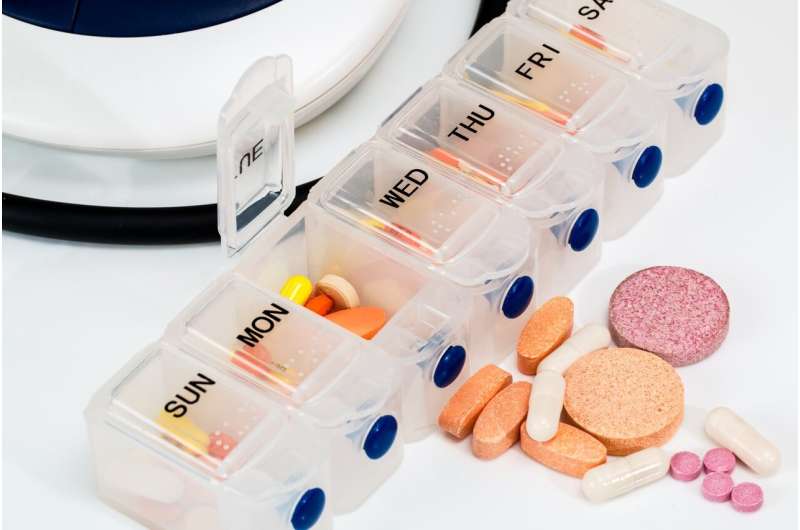Transforming Patient Education in Cardiac Rehabilitation: Building an Inclusive and Empowering Future

A visionary approach to patient education in cardiac rehabilitation emphasizes collaboration, personalization, and inclusivity to empower patients and improve outcomes.
Growing up and beginning my career in Brazil, I witnessed firsthand how limited access to healthcare and education—especially in resource-constrained environments—could hinder recovery and long-term health. Early in my clinical practice, I saw how empowering patients with knowledge dramatically improved their outcomes. Many individuals with cardiovascular disease (CVD), often with low formal education, became active participants in their own recovery once they understood their condition and learned how to manage it effectively.
This experience profoundly influenced my research and advocacy over the past two decades. I am dedicated to redefining patient education as a fundamental component of sustainable health and empowerment. In a recent discussion paper published in "Patient Education and Counseling," I outlined a new vision for education in cardiac rehabilitation (CR), emphasizing principles that make education more relevant, inclusive, and action-oriented.
Current CR education models tend to be didactic, primarily involving group lectures or printed materials with limited interaction. This approach doesn't account for individual differences or foster meaningful engagement. Education should be a responsive, participative, and empowering process.
To achieve this, firstly, patients must be engaged as active co-creators of their learning experience. Involving patients directly in designing educational content and delivery ensures the material is relevant, respectful, and tailored to their needs. One core idea in this approach is "participatory education," where those with lived experience of CVD contribute insights that make education more relatable and impactful.
Secondly, CR education must be interdisciplinary and collaborative. Patients' health experiences span various domains, requiring collective efforts from nurses, physical therapists, dietitians, psychologists, and peer supporters. For example, a patient struggling with medication adherence might benefit more from collaborative support involving a pharmacist, social worker, and family members than from a standard lecture.
Thirdly, personalization and adaptive learning are critical. Recognizing that each patient has unique backgrounds, goals, and learning preferences means offering tailored content. Digital tools can facilitate adaptive learning platforms that respond dynamically to patient engagement, improving understanding and motivation.
Fourth, embracing digital technology expands access and engagement. Videos, mobile apps, online platforms, and hybrid models offer flexible, accessible ways to deliver education, particularly in regions where traditional services are limited. Digital tools help bridge gaps and provide continuous support.
Fifth, promoting equity and inclusion in education involves culturally sensitive content, multilingual materials, and outreach to underserved populations. Addressing social determinants of health and ensuring all patients can access and understand information is vital for effective education.
Finally, CR education should be dynamic and ongoing. Gathering routine feedback from patients helps educators refine content and techniques, creating a respectful, dialogic learning environment. This iterative process ensures education remains relevant, engaging, and effective.
Advancing patient education in CR demands a paradigm shift—moving from a one-way transfer of knowledge to a collaborative, patient-centered process rooted in lived experiences. Such an approach can facilitate equitable, sustainable cardiovascular health improvements.
This story is part of Science X Dialog, where researchers share findings from their studies. For more information, visit https://medicalxpress.com/news/2025-07-patient-cardiac-rehab-personal-inclusive.html.
Stay Updated with Mia's Feed
Get the latest health & wellness insights delivered straight to your inbox.
Related Articles
President Trump Overstates Speed and Certainty of Prescription Drug Price Cuts
President Trump claimed an executive order would lead to nearly immediate reductions in prescription drug prices, but experts warn the process is complex and will take months or years. Learn about the implications and challenges of federal efforts to lower drug costs in the U.S.
Rising Threat of Synthetic Opioids in Australia
Australia faces an emerging threat from highly potent synthetic opioids like nitazenes, which are contaminating the drug supply and increasing overdose risks. Enhanced monitoring and harm reduction strategies are urgently needed.
Electroacupuncture Facilitates Rapid Urinary Continence Recovery Post-Prostate Surgery
Electroacupuncture has been shown to significantly accelerate urinary continence recovery in men following prostatectomy, offering a promising adjunct to standard rehabilitation methods.



